Table of Contents
Context: Recently, a purebred Ongole calf was born at the Livestock Research Station (LAM Farm) in Guntur, Andhra Pradesh, through IVF-embryo transfer technology.
About Ongole Cattle
- Ongole cattle are native to the coastal plains of Andhra Pradesh, specifically the districts of Guntur, Prakasam, and Nellore.
- They are known for their large size, muscular build and a prominent hump, Heat tolerance, Disease resistance, Strength & endurance & Survival on low fodder
- Historically, they were used as draught animals for ploughing and transportation.
Why Did Ongole Cattle Decline in India?
Shift in Dairy Preferences
Milk yield comparison:
- Exotic breeds (Jersey, Holstein-Friesian) yield 25-30 liters/day.
- Ongole cows yield 4-6 liters/day.
- Farmers preferred crossbreeds & exotic cattle for higher milk production.
- This led to reduced breeding of Ongole cattle for dairy purposes.
Mechanization of Agriculture
- With the advent of Tractors & mechanized ploughing & Transport vehicles replacing bullock carts, the Demand for draught cattle declined, reducing their role in Indian agriculture.
Government Policies & Export Ban
- Until the 1960s, Ongole cattle were exported to Latin America, but India banned cattle exports due to concerns over the meat trade.
- Brazil continued to breed & improve Ongole cattle, while India restricted further global demand.
Reduction in Pure Breeding Programs
- In India, Ongole cattle were selectively bred for strength (draught power), not milk productivity.
- Over time, genetic purity declined due to crossbreeding with other local breeds.
Population Decline
- 1944: The Ongole population was 15 lakh (1.5 million).
- 2019 Livestock Census: Dropped to 34 lakh (634,000).
- Meanwhile, crossbred cattle increased by 29.5% (2012-2019).
| How Ongole Cattle Transformed Brazil |
|

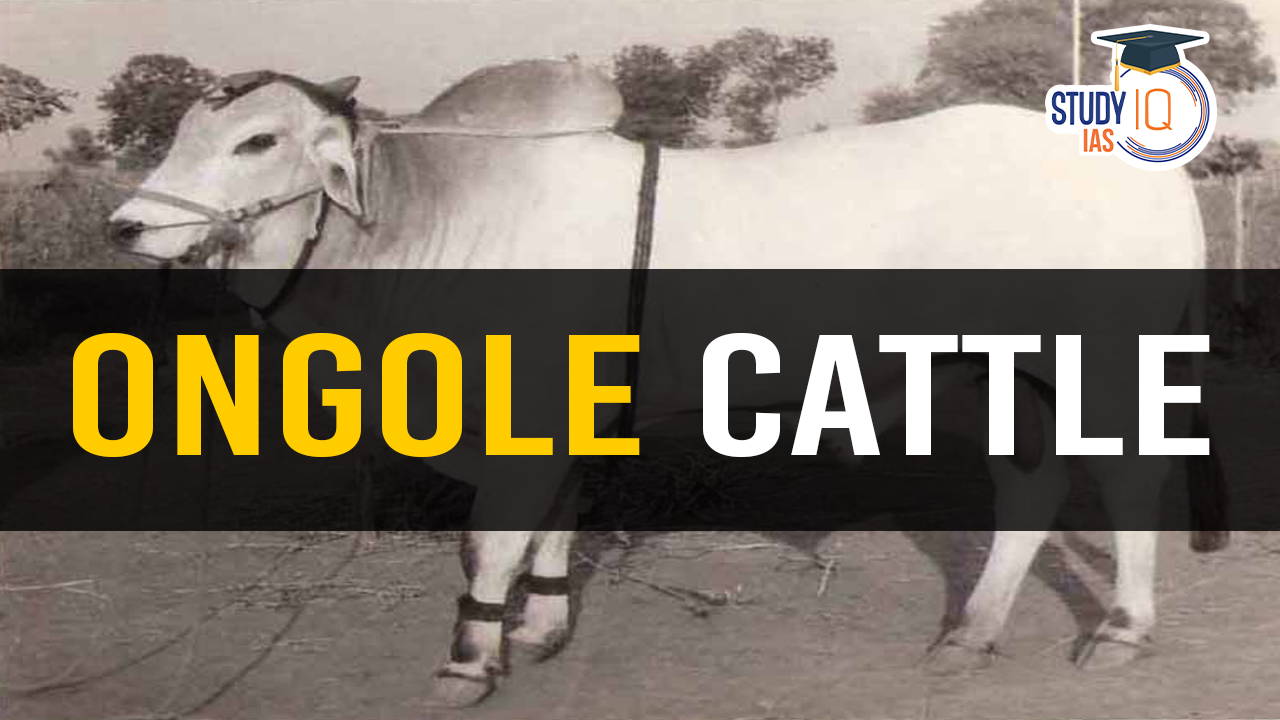
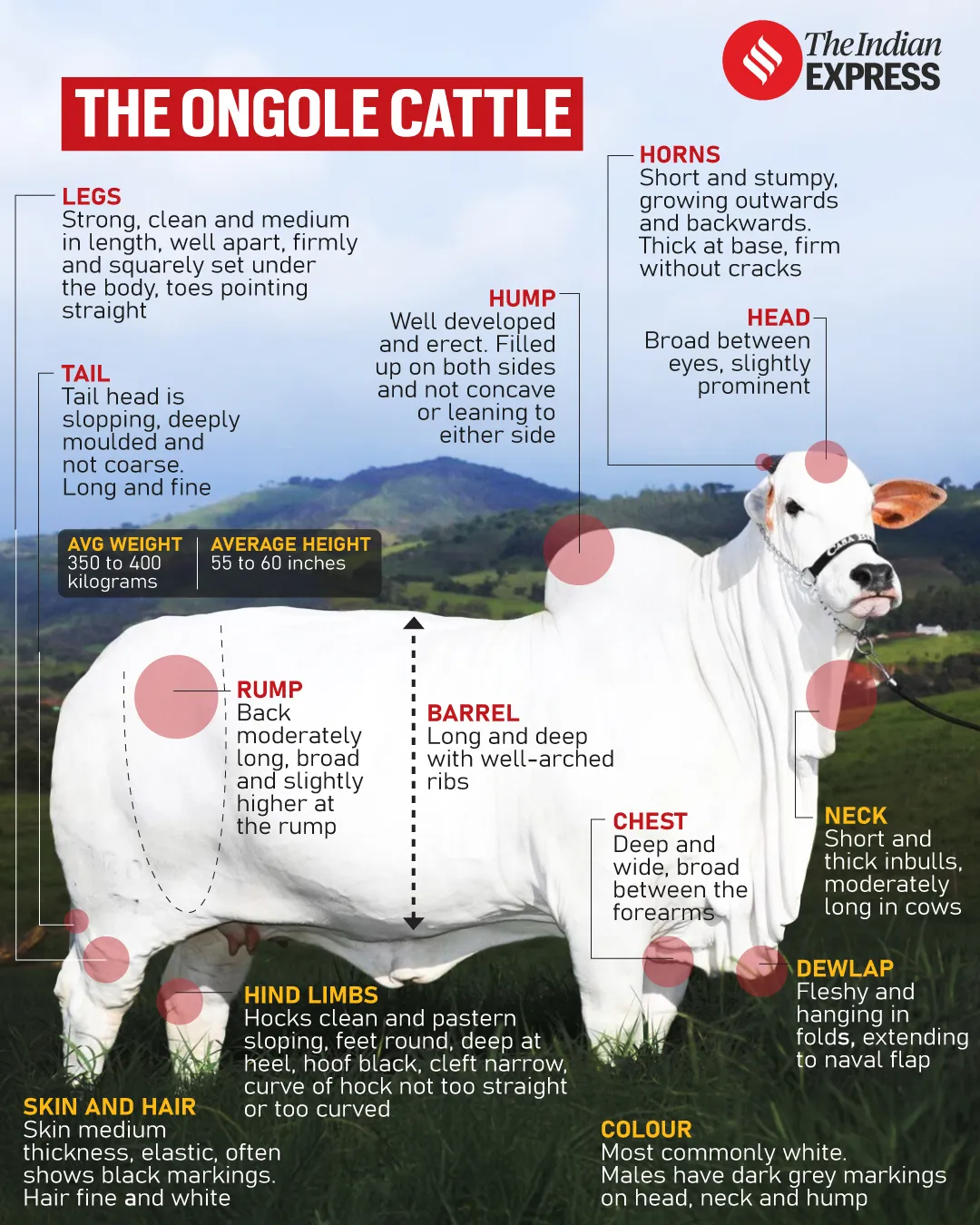
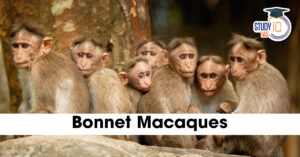 Bonnet Macaques: Habitat, Features, Beha...
Bonnet Macaques: Habitat, Features, Beha...
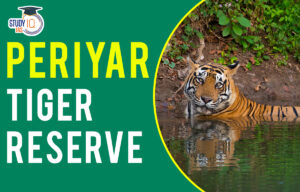 Periyar Tiger Reserve, Map, Flora, Fauna...
Periyar Tiger Reserve, Map, Flora, Fauna...
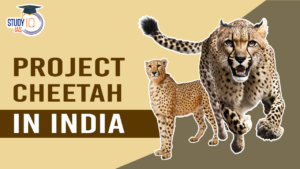 Project Cheetah in India, Objectives, Ch...
Project Cheetah in India, Objectives, Ch...

























